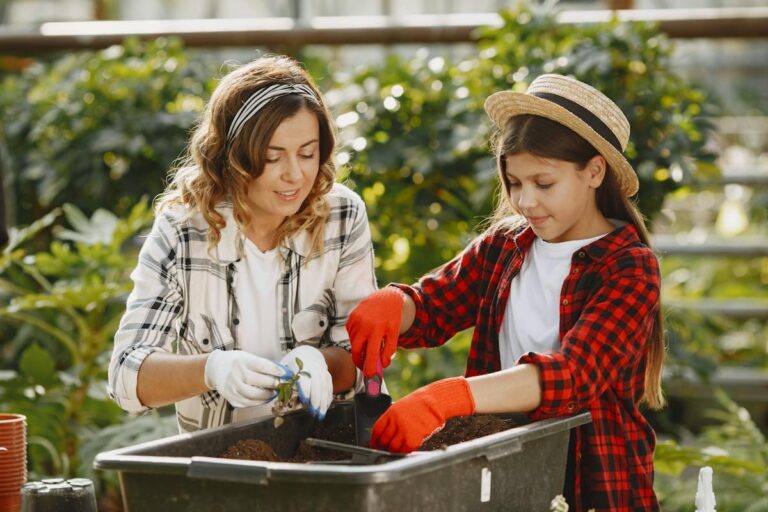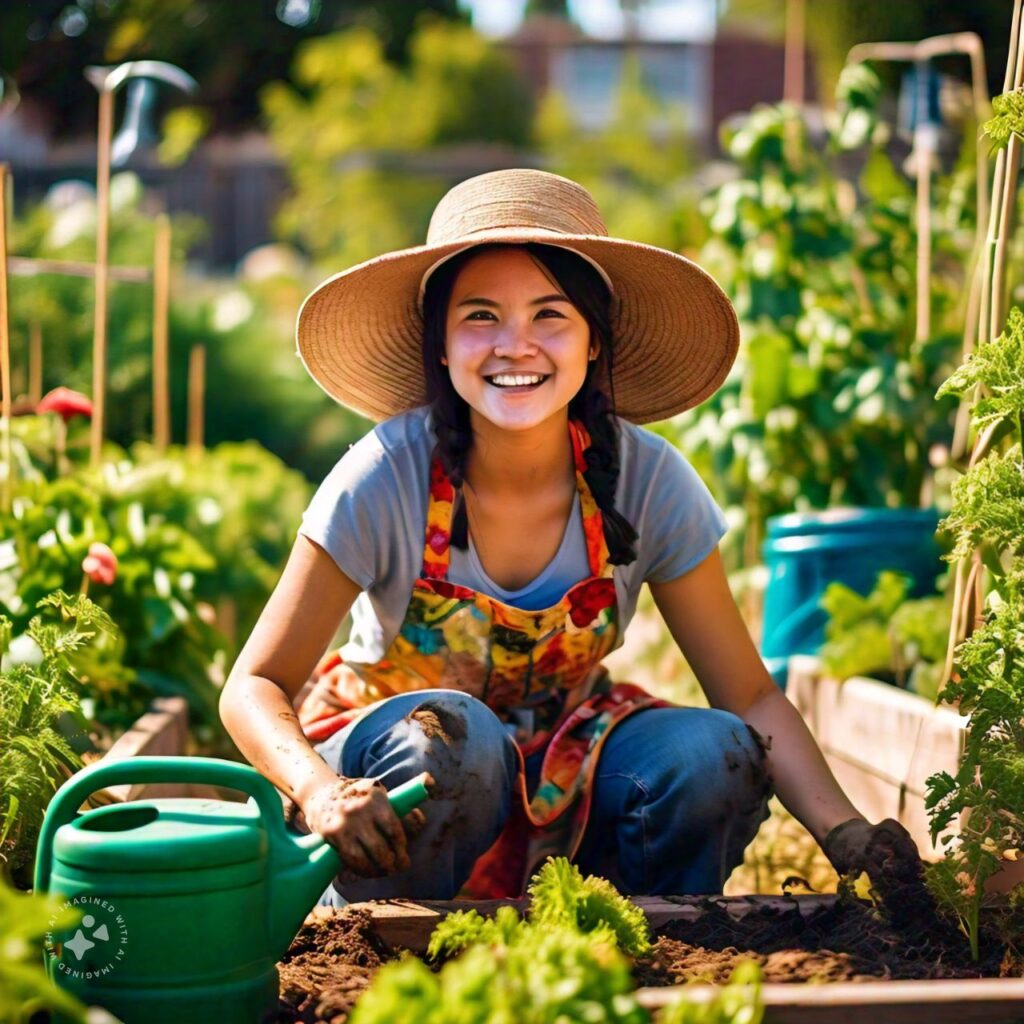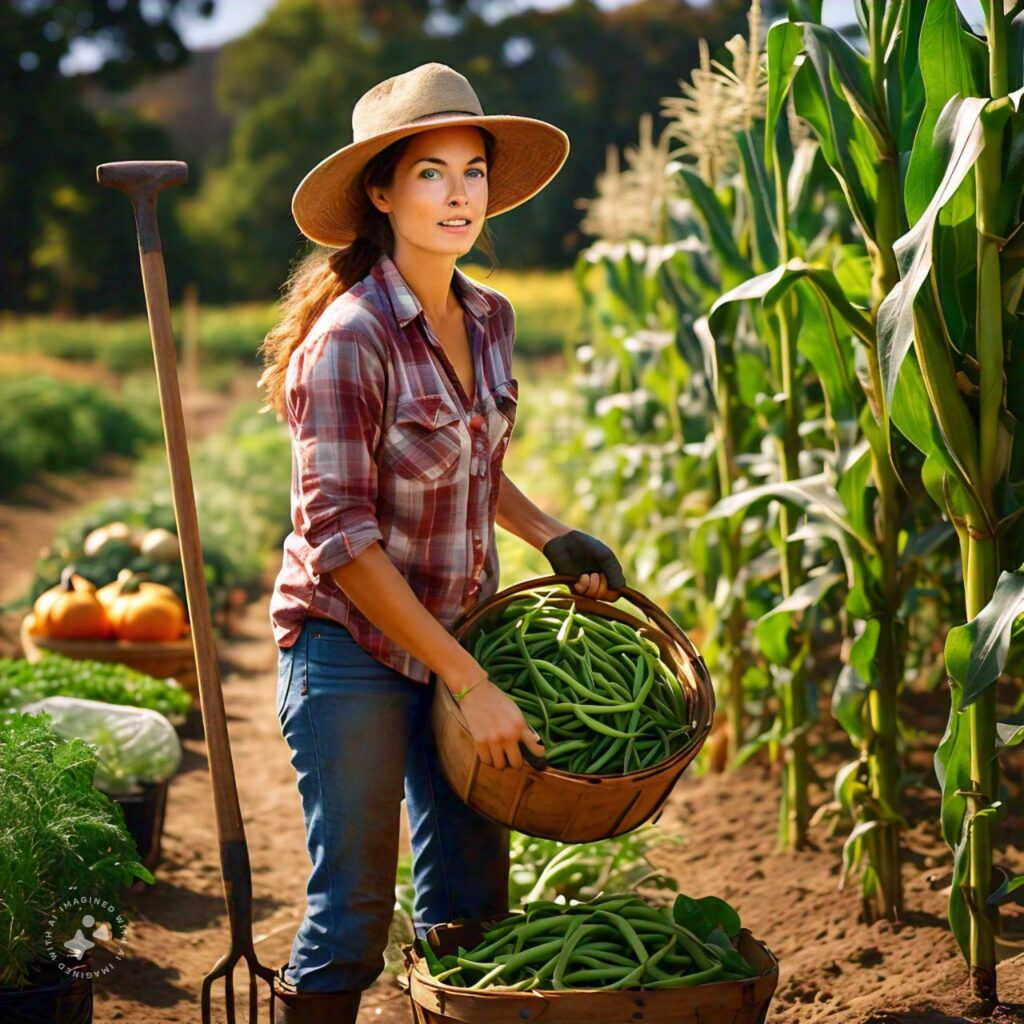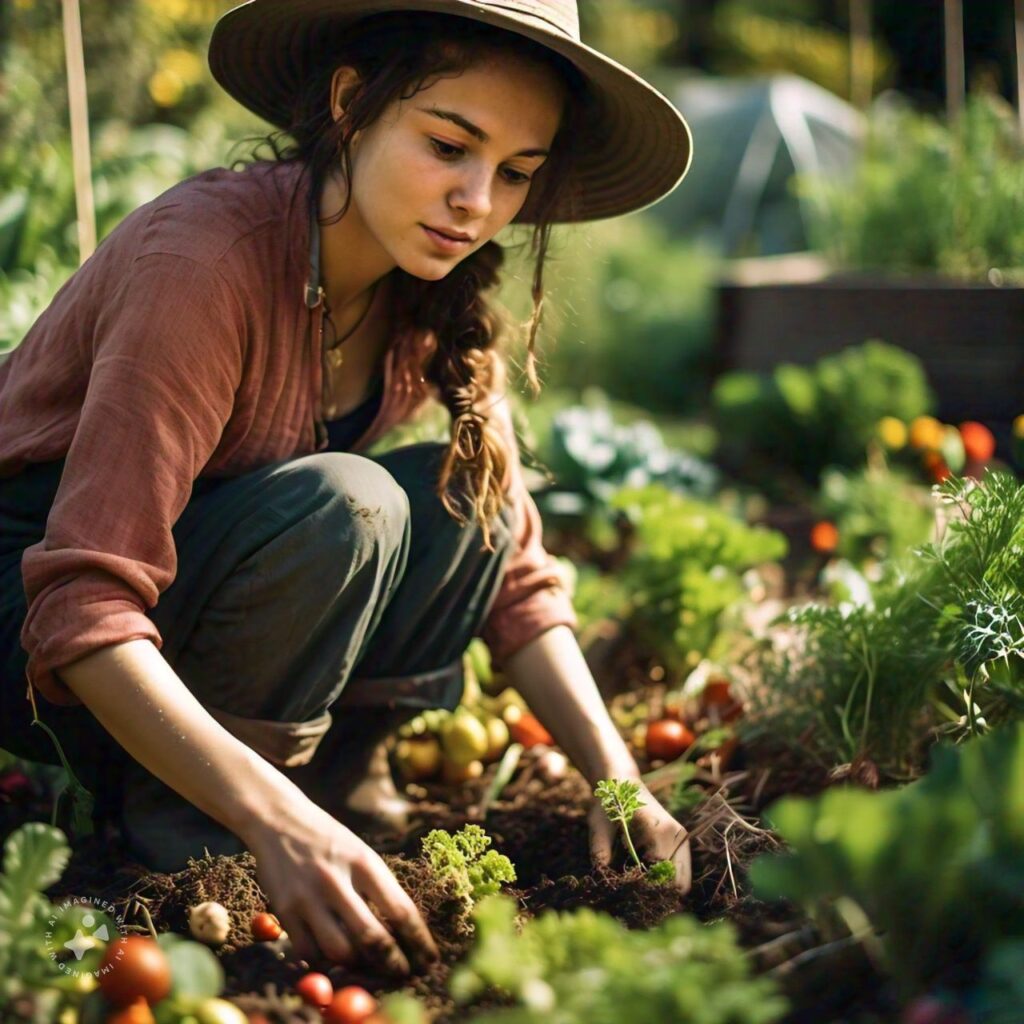In today’s world, sustainable gardening is no longer just a trend; it has become a vital practice for anyone who cares about the environment. As climate change continues to impact global ecosystems, the way we cultivate our gardens can play a significant role in promoting biodiversity, conserving resources, and reducing our carbon footprint. Sustainable gardening revolves around principles that minimize harm to the environment while enhancing the health of the soil, plants, and overall ecosystem.
Why Choose Sustainable Gardening?
The benefits of sustainable gardening are immense, ranging from improved soil quality to supporting wildlife habitats. By adopting sustainable methods, gardeners reduce the need for synthetic fertilizers and pesticides, which can lead to healthier plants and ecosystems. It also ensures the long-term health of gardens by maintaining soil fertility and moisture balance, while conserving resources like water and energy.
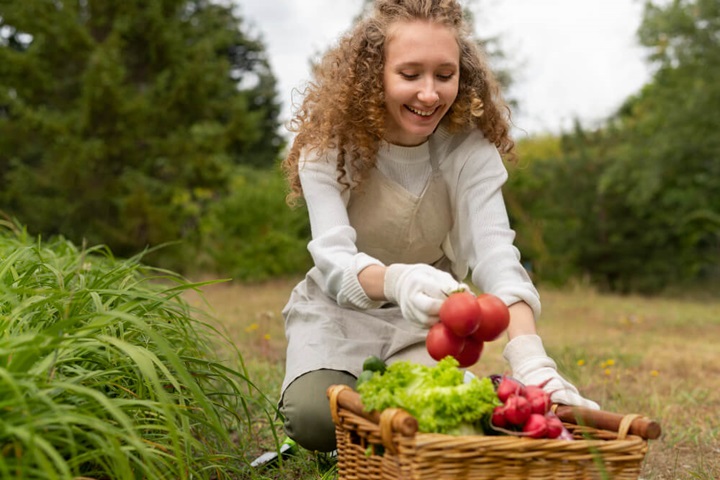
1. Soil Health and Fertility
One of the foundational principles of sustainable gardening is improving soil health. Healthy soil is teeming with life—microbes, fungi, insects, and earthworms all play a role in creating a fertile environment for plants to thrive. To foster rich, nutrient-dense soil, it’s important to use organic compost and natural soil amendments such as bone meal or kelp extract. These materials break down slowly, releasing essential nutrients over time, unlike synthetic fertilizers that often leach away after heavy rain.
Cover crops like clover, vetch, and rye can be used to add nutrients and prevent soil erosion. These plants improve soil structure by aerating compacted earth, while their roots retain moisture and nutrients that would otherwise wash away.
2. Water Conservation
Sustainable gardening prioritizes water conservation, recognizing that fresh water is a limited resource. Efficient watering techniques such as drip irrigation systems and mulching can drastically reduce water usage. Drip irrigation delivers water directly to the roots, minimizing evaporation, while organic mulches, like straw or wood chips, help retain moisture in the soil.
Additionally, rainwater harvesting is an excellent way to conserve water. Gardeners can collect rainwater using barrels or other containers to reduce reliance on municipal water supplies. The collected rainwater is then used for irrigation, which helps mitigate the environmental impacts of water consumption.
3. Native and Drought-Resistant Plants
Choosing native plants is a cornerstone of sustainable gardening. Native species are naturally adapted to the local environment, requiring less water, fertilizer, and pest control than non-native plants. They support local wildlife, including beneficial insects, birds, and pollinators like bees and butterflies.
For regions prone to drought, incorporating drought-tolerant plants is essential. Varieties like lavender, succulents, and sage can thrive in dry conditions and require little supplemental watering. These plants are also more resistant to local pests, reducing the need for chemical interventions.
4. Reducing Chemical Use
One of the hallmarks of sustainable gardening is reducing or eliminating the use of harmful chemicals. Pesticides and herbicides can contaminate the soil and water, leading to long-term environmental damage. Instead, gardeners should opt for natural pest control methods, such as introducing beneficial insects like ladybugs or lacewings, which naturally prey on harmful pests.
Companion planting is another strategy that minimizes the need for chemical treatments. By planting certain species together, gardeners can create natural defenses against pests. For instance, marigolds deter nematodes, while garlic repels aphids.
5. Composting and Waste Reduction
Composting is a sustainable practice that turns garden and kitchen waste into rich, organic matter, which can be used to improve soil health. By composting, gardeners can divert waste from landfills and create their own nutrient-rich fertilizers. Common compostable materials include vegetable scraps, coffee grounds, eggshells, and yard clippings.
For best results, maintain a balance of green (nitrogen-rich) materials, like grass clippings, and brown (carbon-rich) materials, like dried leaves or straw. This balance ensures efficient decomposition and helps avoid unpleasant odors.
6. Supporting Biodiversity
Sustainable gardening also means fostering biodiversity, which is critical for a healthy and resilient garden. Creating diverse plantings that include pollinator-friendly plants, perennials, shrubs, and trees helps attract and support a wide range of beneficial insects and wildlife.
One way to encourage biodiversity is by planting a wildflower meadow or creating a small wildlife habitat in your garden. These spaces provide food and shelter for bees, butterflies, and birds. In return, they help pollinate crops and control harmful insect populations.
7. Sustainable Garden Design
The design of a sustainable garden should incorporate features that reduce waste and make efficient use of resources. Permaculture principles, for example, emphasize designing a garden that mimics natural ecosystems. This includes planting in layers, where taller trees provide shade to lower-growing plants, helping to conserve moisture and reduce the need for irrigation.
Edible landscaping is another effective approach, blending ornamental plants with edible ones like fruit trees, berry bushes, and herb gardens. This design not only looks aesthetically pleasing but also promotes food production and reduces the carbon footprint of transporting store-bought produce.
8. Garden Tools and Equipment
Sustainable gardening also extends to the tools and equipment used. Opt for manual tools whenever possible, as they produce no emissions and require little energy. If power tools are necessary, consider using energy-efficient or electric-powered tools that minimize fossil fuel consumption.
Purchasing high-quality, durable tools also reduces waste over time, as they will last longer and require fewer replacements. Additionally, tools made from recycled materials can further lessen the environmental impact.
9. Mulching for Soil Health
Mulching is a powerful practice in sustainable gardening that helps to suppress weeds, retain soil moisture, and regulate soil temperature. Organic mulches such as wood chips, straw, and leaves decompose over time, enriching the soil with nutrients. Mulching also reduces the need for chemical herbicides, as it naturally inhibits weed growth.
By applying mulch around the base of plants, especially during hot summer months, gardeners can significantly reduce evaporation and maintain consistent soil temperatures, which is crucial for plant health.
10. Community Involvement and Education
Sustainable gardening is not just a solo effort—it can also foster community involvement and education. By sharing knowledge, seeds, and resources with others, gardeners can help spread sustainable practices throughout their local area. Community gardens are a great way to get involved with others, teaching them about the importance of sustainable techniques and offering opportunities for hands-on learning.
In addition, joining local or online gardening groups can provide valuable insights, as well as access to resources such as compost, seeds, and even shared tools.
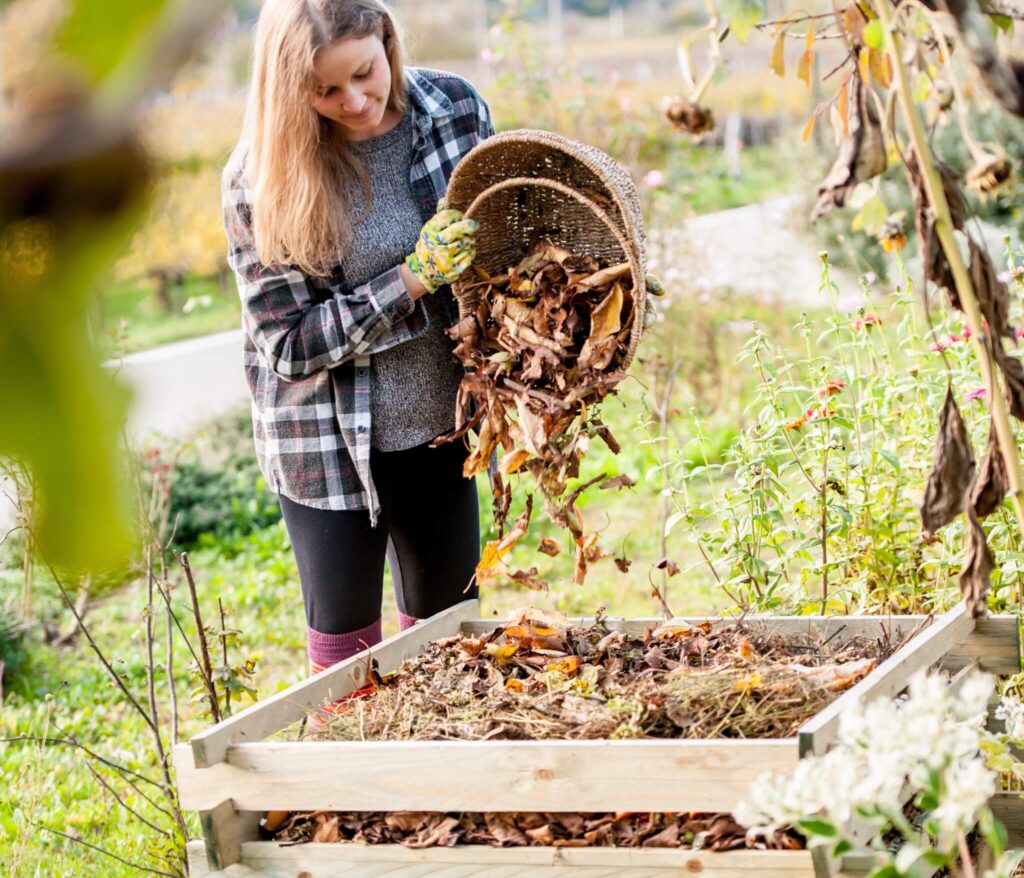
Conclusion: The Future of Sustainable Gardening
The future of gardening lies in adopting sustainable practices that nurture the environment, conserve resources, and create beautiful, resilient landscapes. Whether you are a beginner or an experienced gardener, there are countless ways to make your garden more eco-friendly and sustainable. By focusing on soil health, water conservation, native plants, and biodiversity, we can all contribute to a healthier planet, one garden at a time.
